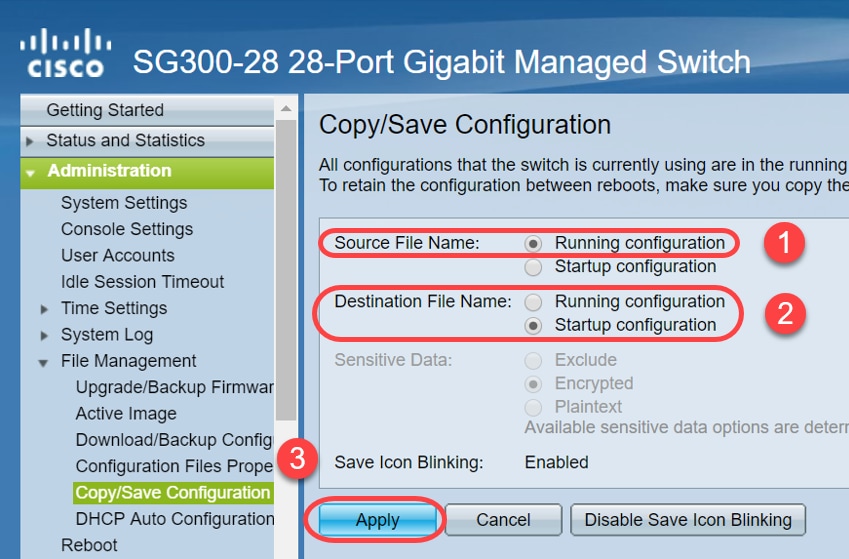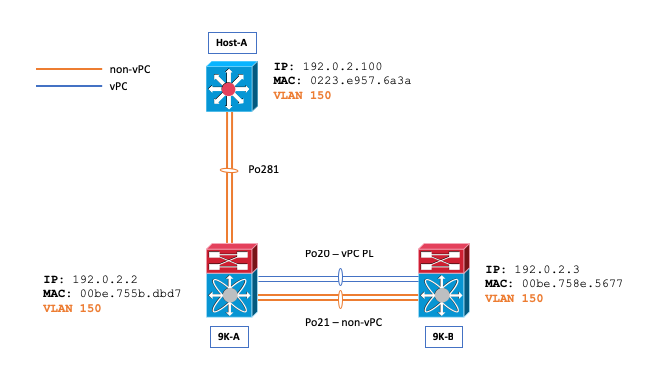

IP routing must be enabled on the switch.Ĥ. There must be at least one interface on the switch associated with the VLAN in the spanning-tree forwarding state.ĭ. The VLAN associated with the SVI must exist on the switch.Ĭ. What must be true for an SVI to be up/up? (Choose two answers.)Ī. Which show command enables you to verify the VLAN that has been associated with a router subinterface?ģ. Which command enables you to associate a VLAN with a router subinterface?Ģ. Table 6-1 “Do I Know This Already?” Section-to-Question Mappingġ. You can find the answers in Appendix A, “ Answers to the ‘Do I Know This Already?’ Quizzes.” Table 6-1 lists the major headings in this chapter and their corresponding “Do I Know This Already?” quiz questions. If you are in doubt about your answers to these questions or your own assessment of your knowledge of the topics, read the entire chapter. The “Do I Know This Already?” quiz allows you to assess whether you should read this entire chapter thoroughly or jump to the “ Exam Preparation Tasks” section. You will also be exposed to a few different troubleshooting scenarios for each. This chapter focuses on how you can troubleshoot different inter-VLAN routing implementations, routed ports, and Layer 3 EtherChannel. In addition, you can use routed ports to create Layer 3 EtherChannels. Through the use of virtual Layer 3 interfaces (known as switched virtual interfaces ) or by converting a Layer 2 switchport to a routed port, you can assign IP addresses to these interfaces and have the Layer 3 switch route data between VLANs and subnets. Of the Layer 3 services, routing is the most common that is implemented. These Layer 3 switches can perform both Layer 2 and Layer 3 services. However, many Cisco Catalyst switches are Layer 3 switches. These switches operate at Layer 2 of the OSI model, forwarding or flooding frames based on the MAC addresses in the frame.

Layer 3 EtherChannel Trouble Tickets: This section provides trouble tickets that demonstrate how you can use a structured troubleshooting process to solve a reported problem.Ĭhapters 4, “ Troubleshooting Layer 2 Trunks, VTP, and VLANs,” and 5, “ Troubleshooting STP and Layer 2 EtherChannel,” focused on Cisco Catalyst switches as Layer 2 switches. Troubleshooting Layer 3 EtherChannel: This section focuses on the steps needed to successfully troubleshoot a Layer 3 EtherChannel that relies on routed ports.

Routed Port Trouble Tickets: This section provides trouble tickets that demonstrate how you can use a structured troubleshooting process to solve a reported problem. Troubleshooting Routed Ports: This section reviews what is necessary to convert a Layer 2 switchport into a routed port. SVI Trouble Tickets: This section provides trouble tickets that demonstrate how you can use a structured troubleshooting process to solve a reported problem.
CISCO MAC ADDRESS TABLE TTL DEFAULT HOW TO
You will also learn how to troubleshoot issues related to SVIs. Troubleshooting Switched Virtual Interfaces: This section identifies what is necessary for an SVI to be up/up and provide inter-VLAN routing. Router-on-a-Trunk/Stick Trouble Tickets: This section provides trouble tickets that demonstrate how you can use a structured troubleshooting process to solve a reported problem. Troubleshooting a Router-on-a-Trunk/Stick: This section covers how to troubleshoot inter-VLAN routing issues when using the router-on-a-trunk scenario. This chapter covers the following topics: Troubleshooting Inter-VLAN Routing and Layer 3 EtherChannels Troubleshooting Cisco Catalyst Switch Features Chapter 6.
CISCO MAC ADDRESS TABLE TTL DEFAULT UPDATE
I will update this table in the future when there’s a release of new important OS whenever I get the time.CCNP Routing and Switching TSHOOT 300-135 Official Cert Guide (2015) Part II. Here are the default TTL values of different devices / Operating Systems : So, from this we can understand the OS of the remote system. Since this website is hosted on a Red Hat system, it returned 57 which is close to 64 (TTL default value of Linux system). You can get the TTL value by pinging an address. So, you can determine the OS based on the TTL value. TTL values are different for different Operating Systems. TTL (Time To Live) is a timer value included in packets sent over networks that tells the recipient how long to hold or use the packet before discarding and expiring the data (packet).


 0 kommentar(er)
0 kommentar(er)
